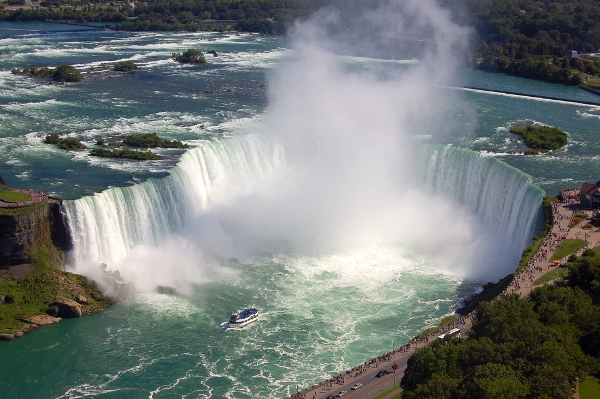If you’re the type of traveler interested in exploring nature and your next adventure includes hiking, you might want to carefully check your gear before you embark on this new outdoor fun session in order to make sure everything goes as planned.
Moreover, if you’re new to this, you can make sure your backpack includes all the products you need to stay comfortable and, of even greater importance, safe by following these few tips.
Before you go, though…
A hiking session should be planned ahead and when you do that, make sure you choose an area that is safe for such endeavors and poses no risks such as dangerous wildlife and steep or rough terrain. Check the information available regarding your hiking destination and plan accordingly.
Avoid exploring the area during hunting sessions or when the weather forecast is not too encouraging. Plus, it is always best to hike during the day, stick to your plan, and return before sunset even if you don’t get to hike as much as you’ve initially planned.
Navigation
You want to stick to a certain route and a navigator will make sure you actually get to do that. Add a GPS unit, a map, and a compass to your hiking gear. Such items will help you know where you are and avoid areas that come with various risks.
However, all three of them are necessary. It is best not to rely only on a GPS unit and learn how to use a compass in case your navigation gadget fails to work for some reason. A topographic map is also part of a hiker’s essential gear. Of course, if you have enough room, it is ideal to add a few other items such as an altimeter watch or a satellite messenger.
Food and water
You won’t get to hike too much if you don’t cover your nutritional and water-related needs. Therefore, getting enough or a bit more than enough food and water is a must-do. Consider your hiking session duration, your specific diet needs, health conditions, age, and other such aspects when packing food.
Energy foods, sandwiches, and nuts are popular among hikers. Regarding water, you should get 0.5 gallons or so per person per day. However, this is subject to change as your age, body type, sweat rate, and other such aspects matter when it comes to how much water you get.
Health and hygiene items
While you can give up taking gadgets that won’t serve you much when hiking, you cannot say no to this must-have health item list. A first-aid kit including all the essential medications needed for emergency situations as well as accessories such as a medical shelter, lighter, and whistle is compulsory.
The right clothes, shoes, and accessories
Last but not least, make sure you wear proper and comfortable clothes and shoes. Check out the weather forecast and climate information before you pick them so you can choose wisely.
Sun-protective clothes are a smart choice as you will boost your safety even more when out there in the open. Accessories such as a hat with a large brim and sunglasses are also a must. Make sure you use sunscreen to limit your exposure to harmful sun rays and thus avoid sunburn.
Of course, when you don’t hike for too long or/and you have a large backpack to help you store more items, you can take all sorts of extras that will enhance your experience ranging from gadgets such as cameras, binoculars, or even endoscopes for Android. Here’s an interesting article that can help you choose a good endoscope.
Always think of the items you add to your backpack and how much they can help you in an emergency situation. You will thus make sure that you have all the important things needed to manage an unpleasant event successfully.












